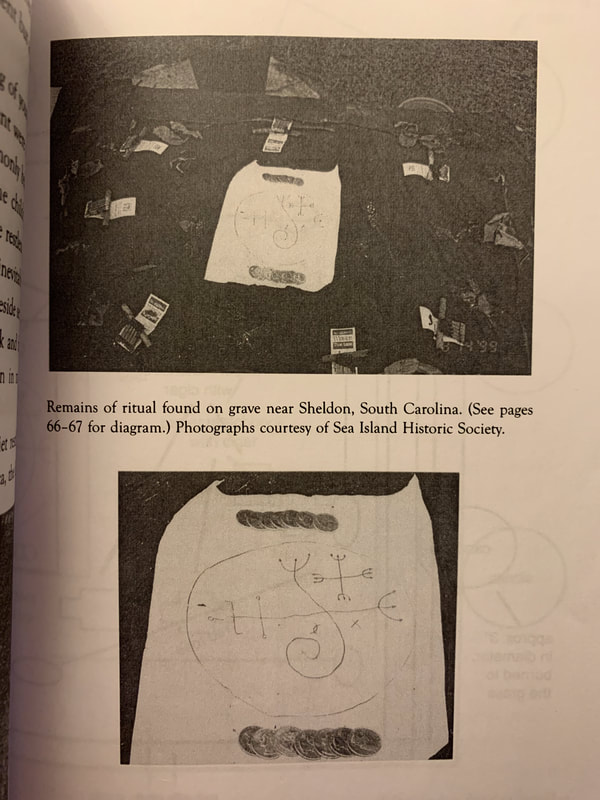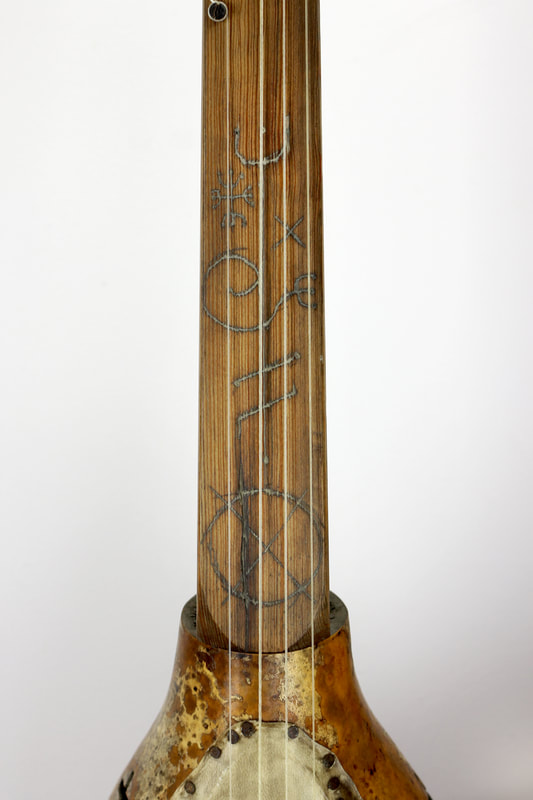A custom instrument featured in the Amazon TV production of The Underground Railroad, an adaptation of Colson Whitehead's award-winning book.
In the spring of 2019, I was contacted by the prop master for the Amazon TV production of The Underground Railroad, the Barry Jenkins adaptation of a novel by Colson Whitehead. They asked me for, among other things, a gourd banjo for a scene set on an 1850s Georgia plantation.
After talking with the prop master and the historical consultant, we decided I would build a banjo that combined elements from two early images and a surviving banjo that resembled these images, including the Hans Sloane from Jamaica (c. 1687-1707), a watercolor from South Carolina painted by a man named John Rose (c. 1785) and a gourd banjo collected in Haiti (c. 1851).
After talking with the prop master and the historical consultant, we decided I would build a banjo that combined elements from two early images and a surviving banjo that resembled these images, including the Hans Sloane from Jamaica (c. 1687-1707), a watercolor from South Carolina painted by a man named John Rose (c. 1785) and a gourd banjo collected in Haiti (c. 1851).
|
|
We agreed to make two additions to the instrument. One was to simply make some alterations to it that would make it easier to play for a modern musician. Secondly, the instrument would be an opportunity to show, as the prop master put it, "the spirit of Africanism within the slave quarters.” To that end I suggested the use of Gullah spiritual imagery, such as Ezekiel's Wheel, on the fingerboard instead of the carvings on the fingerboard in the Sloane image and on the Hatian Banza. Kristina Gaddy had been researching Gullah beliefs and iconography so I had plenty of reference material on hand. They loved this idea, and told me they'd been doing their own research into this material and were already planning on incorporating it into the show's sets and other props.
Interestingly, they also asked me about two other banjos--one for a scene in an 1860s/70s vineyard in Indiana, and another for an 1880s social event. I advised them on what banjos I thought would be appropriate for those scenes.
They also referred to the gourd banjo as the "hero banjo" and said it was to get close screen time. The story follows the narrative of a single character named Cora who doesn't age during the story, but passes through multiple periods of African American history in the U.S. (for those of you who haven’t read it or seen the show, it incorporates a sort of magical realism and alternate history to illustrate reality). It seems like the physical change of banjos over the periods covered was originally intended to be another visual metaphor for the movement in time and shift in culture, even though story seemed to take place over a fairly brief period.
I'm enough of a film buff to know that the plans early in a production don't always end up on screen. The "hero banjo" I made them is seen briefly in a dream sequence, there's an 1840s "minstrel era" banjo in another scene, and several tackheads appear in the vineyard episode. All said, this was a fun project, and even absent banjo "subplot" the show is essential, if often difficult, viewing.
They also referred to the gourd banjo as the "hero banjo" and said it was to get close screen time. The story follows the narrative of a single character named Cora who doesn't age during the story, but passes through multiple periods of African American history in the U.S. (for those of you who haven’t read it or seen the show, it incorporates a sort of magical realism and alternate history to illustrate reality). It seems like the physical change of banjos over the periods covered was originally intended to be another visual metaphor for the movement in time and shift in culture, even though story seemed to take place over a fairly brief period.
I'm enough of a film buff to know that the plans early in a production don't always end up on screen. The "hero banjo" I made them is seen briefly in a dream sequence, there's an 1840s "minstrel era" banjo in another scene, and several tackheads appear in the vineyard episode. All said, this was a fun project, and even absent banjo "subplot" the show is essential, if often difficult, viewing.












